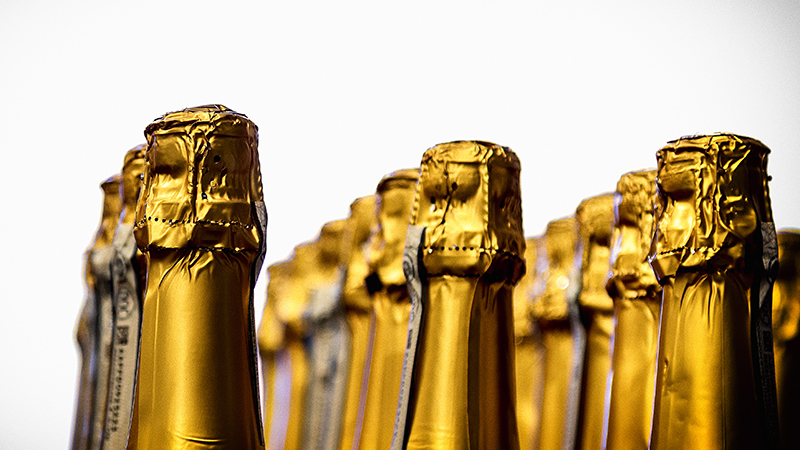
Non-vintage wine is an odd concept. If wine is made through annual cycles, culminating in an autumn harvest, it always has a vintage, right? Not in Champagne, where at least 75 percent of the production is labeled “NV,” or non-vintage. So how old is the juice in your Champagne bottle?
Most of the time, there’s no real way to tell how old a bottle of non-vintage Champagne is. Non-vintage Champagne contains wine from two or more vintages, typically blended in order to achieve a standard house style from year to year. A winery is not required to release information about the age of the blended wines, but some houses and grower-producers are becoming more open about their non-vintage Champagnes.
Some large houses, such as Krug, now include QR codes on non-vintage Champagne bottles. By entering the six-digit “Krug ID” into the producer’s website, the drinker can see the disgorgement date and breakdown of all vintages in the non-vintage blend. Other producers have started including the disgorgement date — the date on which the lees are removed from the aging bottle — which gives an indication of when the bottle received its permanent cork. (Disgorgement generally takes place just before release.) Since non-vintage Champagnes are generally aged for anywhere from 15 months to two years before release, the math could give a general ballpark of age. Read more
